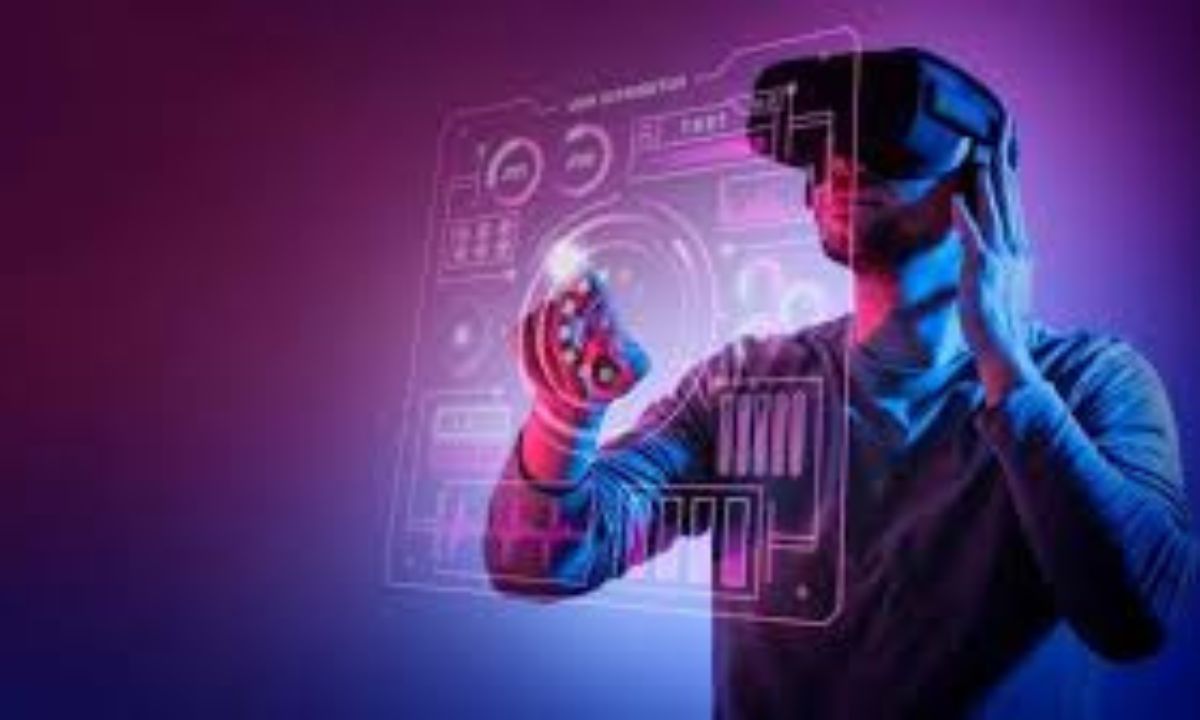In today’s hyperconnected world, the phrase “real-world impact.” has taken on a deeper and more immediate meaning. As memes trend, algorithms evolve, and AI tools become part of everyday life, we’re witnessing a powerful truth: what happens online doesn’t stay online—it affects how we think, behave, and interact in the real world.
From social movements to shopping habits, and from climate change awareness to global conflict narratives, here’s how digital culture is leaving a lasting mark on the physical world in 2025.
🔄 1. Social Media: From Memes to Movements
What starts as a viral tweet or TikTok trend often leads to tangible real-world outcomes.
WWIII memes, for example, may seem like dark humor, but they reflect real anxiety about geopolitical tension. They spark public conversations, influence search behavior, and can even shape how younger generations perceive global security.
The #ClimateCrisis trend on Instagram has helped pressure governments into green reforms by mobilizing Gen Z and Millennials into activist roles.
✅ Real-world impact: Online content influences public opinion, voting behavior, and social justice movements.
🛠️ 2. AI Tools Are Reshaping Professions
Tools like AI vocal removers, coding assistants, and image generators aren’t just novelties—they’re transforming industries:
Musicians use AI to remix and release tracks independently.
Software engineers rely on tools like GitHub Copilot to code faster and reduce errors.
Content creators use AI for subtitles, dubbing, and editing, making professional-quality output accessible from a bedroom studio.
✅ Real-world impact: AI democratizes access to creation and reduces the need for expensive infrastructure or teams.
🏥 3. Mental Health & Meme Culture
Dark humor, irony, and memes have become coping mechanisms in uncertain times. But they also point to something deeper—a collective mental health strain.
Doomscrolling, anxiety memes, and “therapy speak” have made therapy language mainstream, but not always with the nuance it needs.
Meme-driven discourse influences how people self-diagnose and seek help—sometimes for better, sometimes for worse.
✅ Real-world impact: Digital humor can destigmatize mental health—but also oversimplify it.
🛒 4. E-Commerce & Consumer Behavior
Viral reviews on TikTok or Instagram can cause products to sell out globally within hours. Brands no longer wait for quarterly market research—they react to viral demand signals in real time.
The “TikTok Made Me Buy It” phenomenon continues in 2025, now powered by AI-recommended affiliate marketing.
Real-time AI price adjustment tools ensure companies can maximize profits based on trending demand.
✅ Real-world impact: Social trends dictate global supply chains and consumer demand.
🧠 5. Education & Learning in the Age of AI
AI tutors, video explainers, and real-time translation tools are breaking down barriers in education.
Students in rural areas now use free AI apps to learn coding, languages, or even prepare for medical exams.
Teachers use AI to tailor learning plans, track performance, and automate grading.
✅ Real-world impact: Knowledge is more accessible than ever, reducing education inequality.
🔚 Conclusion: Blurring the Lines
The digital and physical worlds are no longer separate—they are symbiotic. Whether it’s a meme that fuels a movement, or an AI tool that empowers a small business, the real-world impact of our online actions is profound and growing.
As we move deeper into the AI-powered, internet-shaped era, one truth stands clear:
What happens online shapes what happens next.

